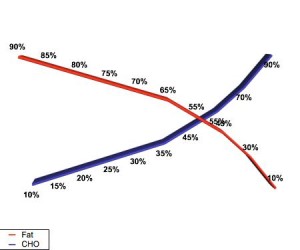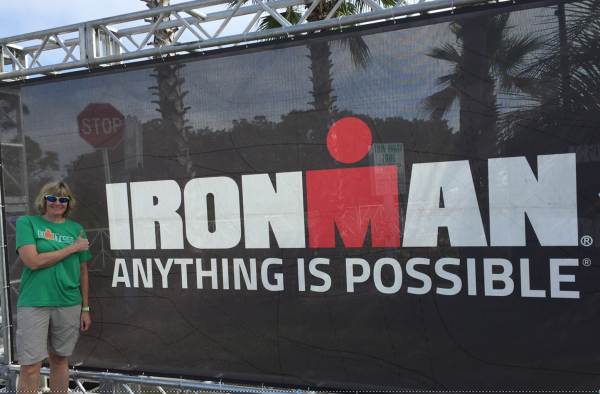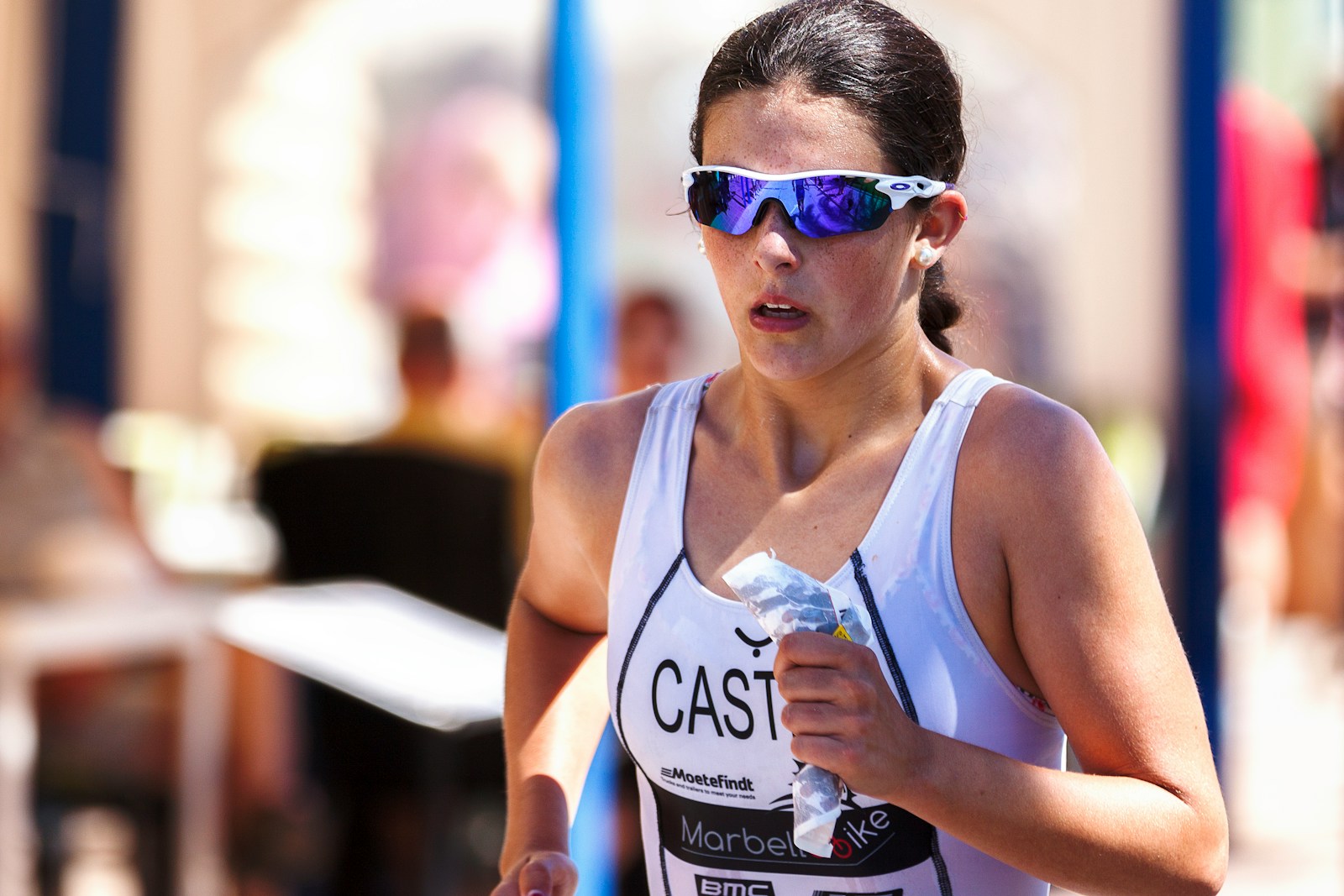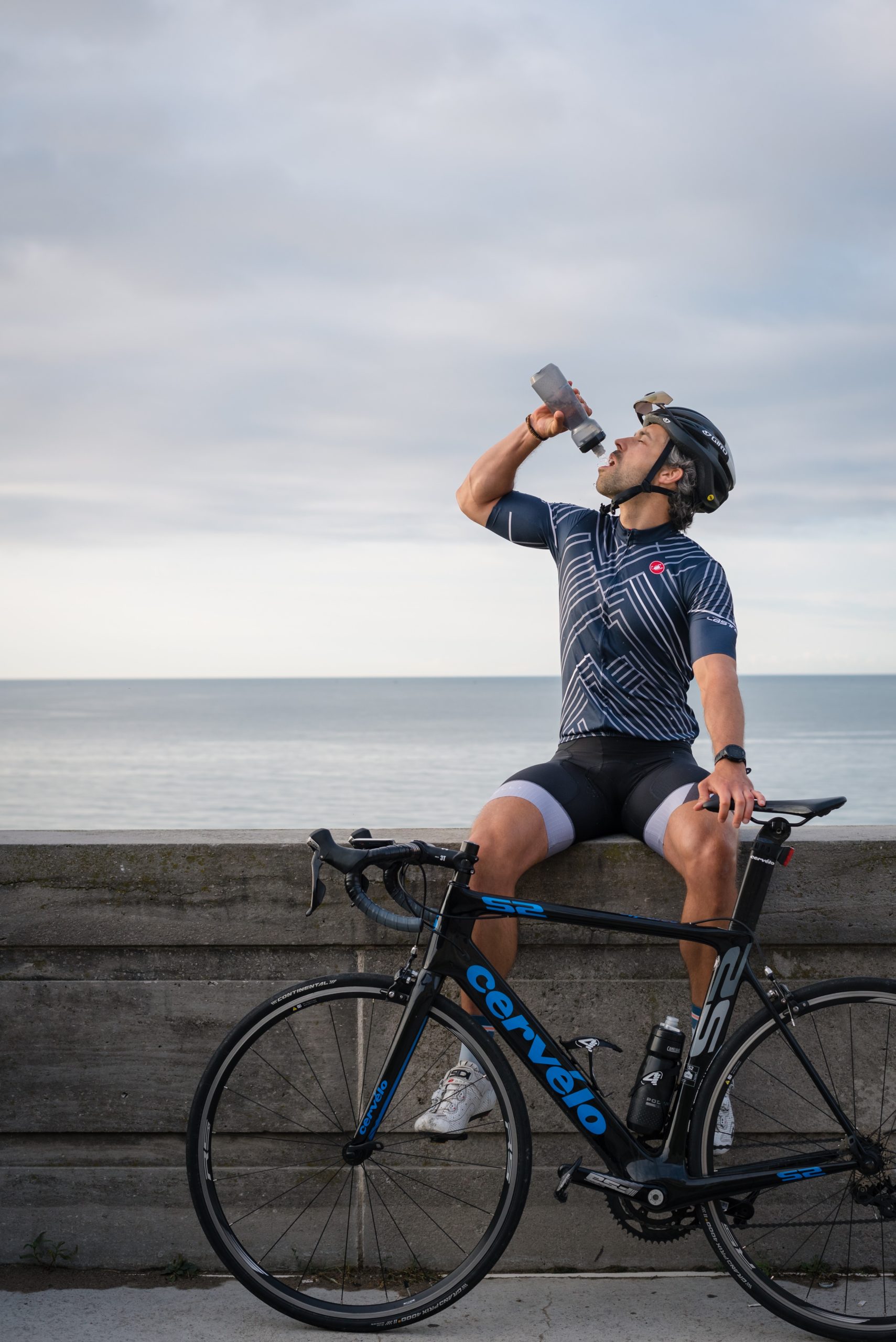Dialing in Your Endurance Fuel Plan

With so many sports nutrition products and fueling guidelines on the market today, it can be confusing to know what’s best for the long haul. And while endurance athletes thrive on raw data when it comes to aerodynamics, professional bike fits, and training zones, it’s all too common to let a data-supported endurance fuel plan fall by the wayside until race day is imminent. Then we scramble to find the perfect blend of sports nutrition to keep us going until we charge across the finish line. But often it’s a case of too little planning, too late, with a disappointing finish, or worse, a DNF (did not finish).
When you’re competing in endurance events longer than 3-4 hours, matching your carbohydrate (CHO) output to your input is key.
If you don’t take in enough carbs, you risk running low or depleting glycogen stores. But if you take in too many carbs too fast, your gut will shut down, leaving you feeling bloated and nauseated.
Sugar Burner or Fat Burner?
To avoid bonking or “hitting the wall,” you need to determine first whether you are a sugar or fat burner, and second how many carb calories per hour you need to take in during an Ironman. These steps are just as crucial to your success, if not more so, as a custom bike fit or sophisticated training plan.
Sugar burners burn a larger percentage of carbs than fat and need to be hyper vigilant about continuous fueling in longer events. On the other hand, fat burners use fat as their main fuel source, sparing sugars stored in the body. Fat burners have a metabolic advantage in endurance events, which can be attributed to good genetics and/or effective training.
Metabolic Efficiency Test
Want the data? Fortunately, there’s a simple test, called the sub-maximal metabolic efficiency test (MET), to help you determine how many calories you burn at different exercise intensities/heart rates, and how many calories come from fat versus carbs. The MET can be performed on either a bike or treadmill. You will be fitted with a mouthpiece, nose clip, and headgear to capture your CO2 output. The test will start out at a very easy pace (walk or light spin), and increase by 0.2–0.4 mph increments in 3–5-minute stages until you are well above your “crossover point.” Your crossover point is the intensity at which you start to burn more carbs than fat at a specific heart rate, pace, wattage (if cycling), and speed. The body always uses a mix of carbs and fat for energy, but as our intensity increases, so does our carb burn.

Crossover point
The body stores 1400–1800 calories as glycogen in the liver, muscles, and blood glucose. With moderate intensity, these valuable stores can be depleted within two hours. On the flip side, the body has up to 80,000 calories stored as fat—even in the thinnest bodies! To maximize performance, we want to tap into those fat stores by staying right under our crossover point.
Creating an Endurance Fuel Plan
The MET data can be applied in training and race day endurance fuel plans to improve performance, decrease GI distress, and take the guesswork out of determining what heart rate zone is most efficient for you.
Based on your test results, you can identify your ideal race heart rate zone and find exactly how many calories come from CHO in that particular zone. These are the calories that need to be replaced in endurance events. For an Ironman, find a pace just below the crossover point to preserve glycogen stores, draw more on fat for fuel, and keep GI distress at bay.
Schedule an MET at least 8-10 weeks out from your Ironman to allow ample training time in your ideal zone, and give yourself plenty of time to find and test a fuel plan that matches your body’s energy demands. This will ensure that you get off the bike ready to run with a fuller tank. Given the higher heart rates on the run, research shows we metabolize at least 50% less calories than on the bike despite a higher calorie burn on the run. In layman’s terms, you burn more carbs on the run but can take in less. Therefore, fueling and pacing wisely on the bike largely determines the run outcome.
Most sports medicine facilities or University/college sports department will offer MET testing. Expect an MET to take no more than 90 minutes and to cost around $150. After you receive your results, contact a certified sports dietitian to help create a fuel plan that works for you.









